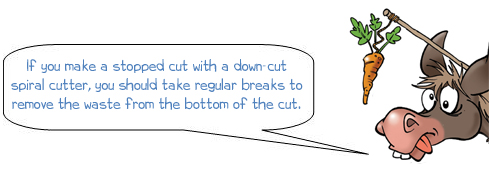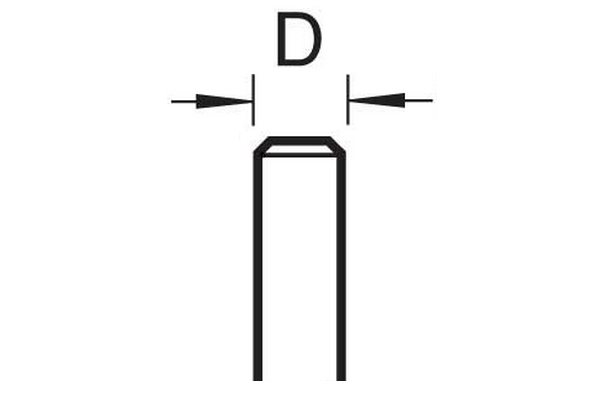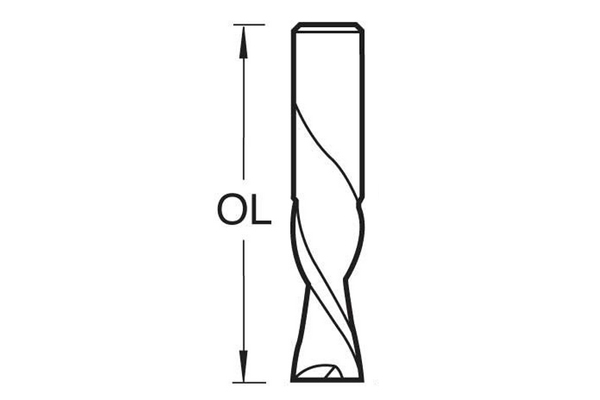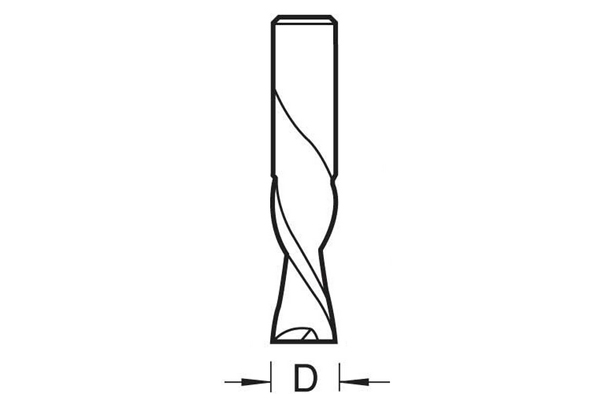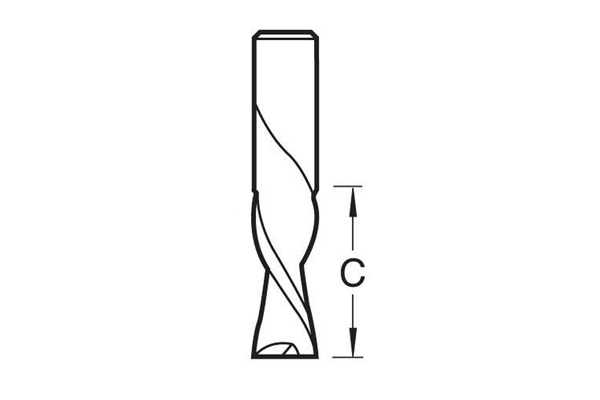What are the different types andsizes of spiral router cutter? |
||||
 |
||||
|
Trend's dedicated spiral router cutters range has a selection of different types of spiral cutter. Other Trend ranges also include some of the various types of spiral cutters, as detailed below: |
||||
Up-cut spiral router cutters (right hand helix) |
||||
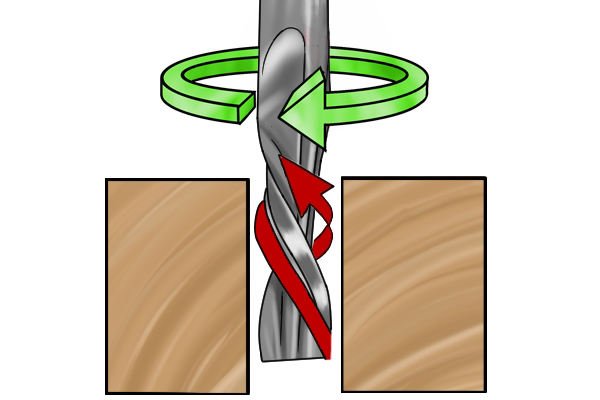 |
Up-cut spiral cutters have flutes which run from right to left. When in use, the flutes lift the chips in an upward direction away from the top surface, helping to prevent the cut becoming clogged. Although this is an advantage, some form of dust extraction is necessary. Professional TCT range up-cut spiral cutters include cutters for use with acrylic or aluminium. HSS up-cut spiral cutters include cutters for producing a fine finish on softwood as well as an acrylic cutter that can rout plastics with low melting points in shallow passes. |
|||
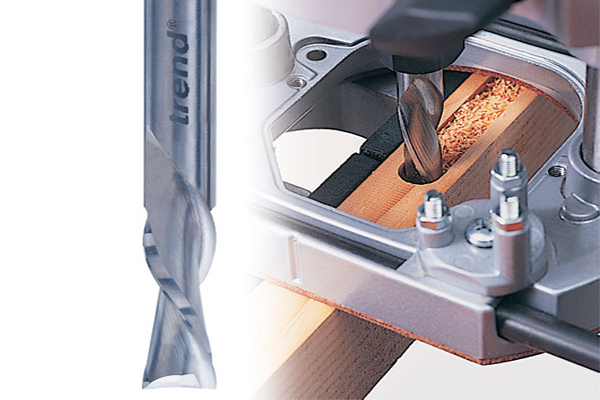 |
Because it cuts from the bottom, this cutter leaves a smoother finish at the bottom of the cut, and tends to leave a rougher edge at the top, where the waste material is expelled. As a result, you shouldn't use an up-cut bit when working with layered material (e.g. laminate or veneer), as the up-cutting motion can lift or damage the top face of the material. Use an up-cut bit when you need to plunge cut into the surface of a material or when you want to make shallower cuts that do not pass all the way through the material. Use an up-cut bit when working quickly is more important that achieving a neat finish. |
|||
Down-cut spiral router cutters (left hand helix) |
||||
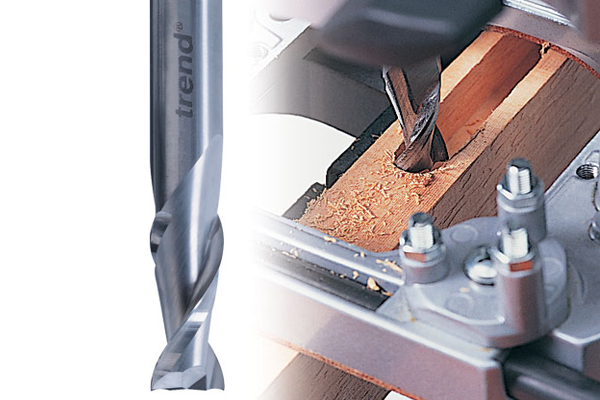 |
Down-cut spiral cutters have flutes which run from left to right. The only HSS spiral cutter currently available with down-cut flutes is designed specifically for producing superior cuts in steel foam sandwich cladding used for window openings and doors. Professional TCT downcut sprial cutters include cutters for acrylic or aluminium, and two solid carbide roughing cutters for use in abrasive materials such as fibreglass, phenolics, and carbon fibre. |
|||
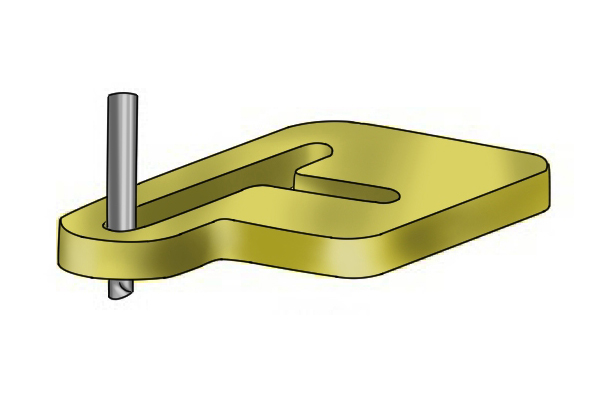 |
They are most efficient when making through-cuts in boards that are faced with veneers, laminates or foils on their top layer, as the down-cutting action ejects the waste material out of the bottom of the cut, leaving the upper face with a clean finish. When cutting all the way through the material, this bit can splinter or tear the bottom face it that is veneered or laminated. |
|||
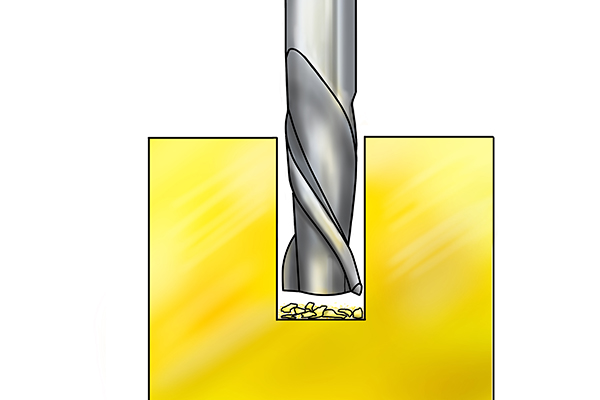 |
You should avoid using a down-cut bit to cut plastics. The compression of waste chippings at the bottom of the cut can lead to them ‘welding’ together in the heat and becoming very hard to remove. Using a down-cut spiral bit to make a groove that does not pass all the way through material, will mean that the waste material is packed at the bottom of the cut. This is sometimes hard to remove with just a dust extractor, and it must be manually scooped or brushed out. |
|||
|
|
||||
Up-down-cut spiral router cutters (combination)
|
||||
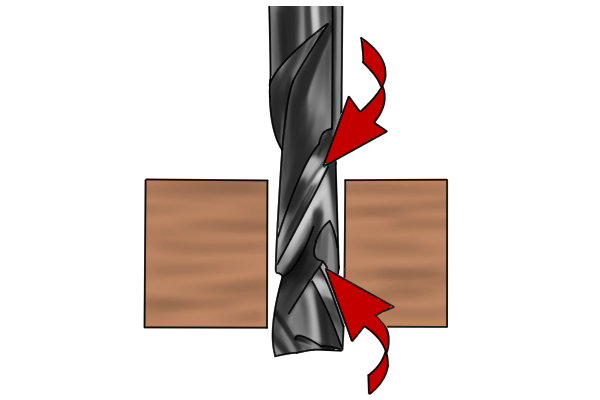 |
Up-down-cut spiral bits are a combination of the up-cut and down-cut designs. In operation, the upper part (with the down-cut flute) severs the top surface of the board and the lower part (with the up-cut flute) severs the material on the underside.
Both parts force the cut fibres of material into the core of the board, leaving a very clean finish on both the top and bottom surfaces. As a result, these cutters are ideal for routing boards which are faced on both sides. |
|||
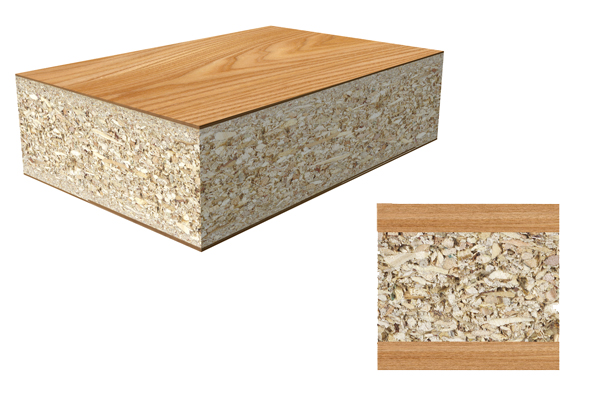 |
The range of these cutters is more limited. The up-down cutter from the spiral range has a single flute, compression spiral design and is ideal for edge trimming and producing a fine finish on both sides of 16mm solid timber boards. The up-down shear cutters in the Professional TCT range are designed for use with double faced and veneered boards. They ensure veneers are cut cleanly by pushing the chips towards the middle of the board. |
|||
O' flute spiral router cutters
|
||||
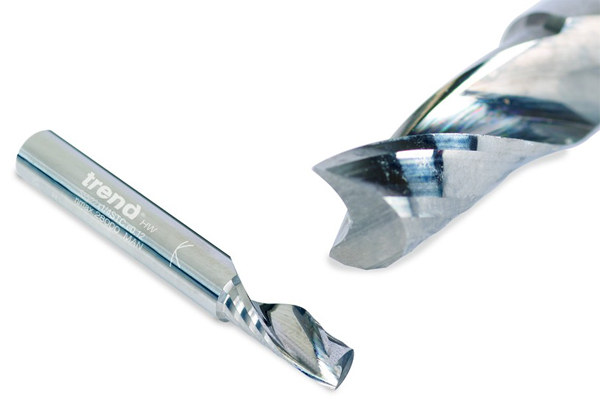 |
This design is a relatively new technology, and features flutes designed to “roll” the waste material into tiny balls. This type of cutter has several ‘channels’ ground into the main flutes, which compact the waste chippings and make them easier to remove. These cutters are best for routing into materials such as metal and plastic, where a lot of waste material will be produced, usually in the form of very small chips. The bit’s design ejects chips more efficiently, which helps to prevent the cut and the bit from becoming clogged. |
|||
Chip breaker spiral router cutters |
||||
 |
These types of bits have serrated cutting edges which help to break up the chips as they remove them. They are often called roughing cutter. For industrial uses, there are . There are also currently available for use with fibreglass, carbon fibre, phenolic, and other composite materials, these should also be used in CNC routers. They are suited to tough materials such as plywood, MDF, and other man-made abrasive materials. |
|||






